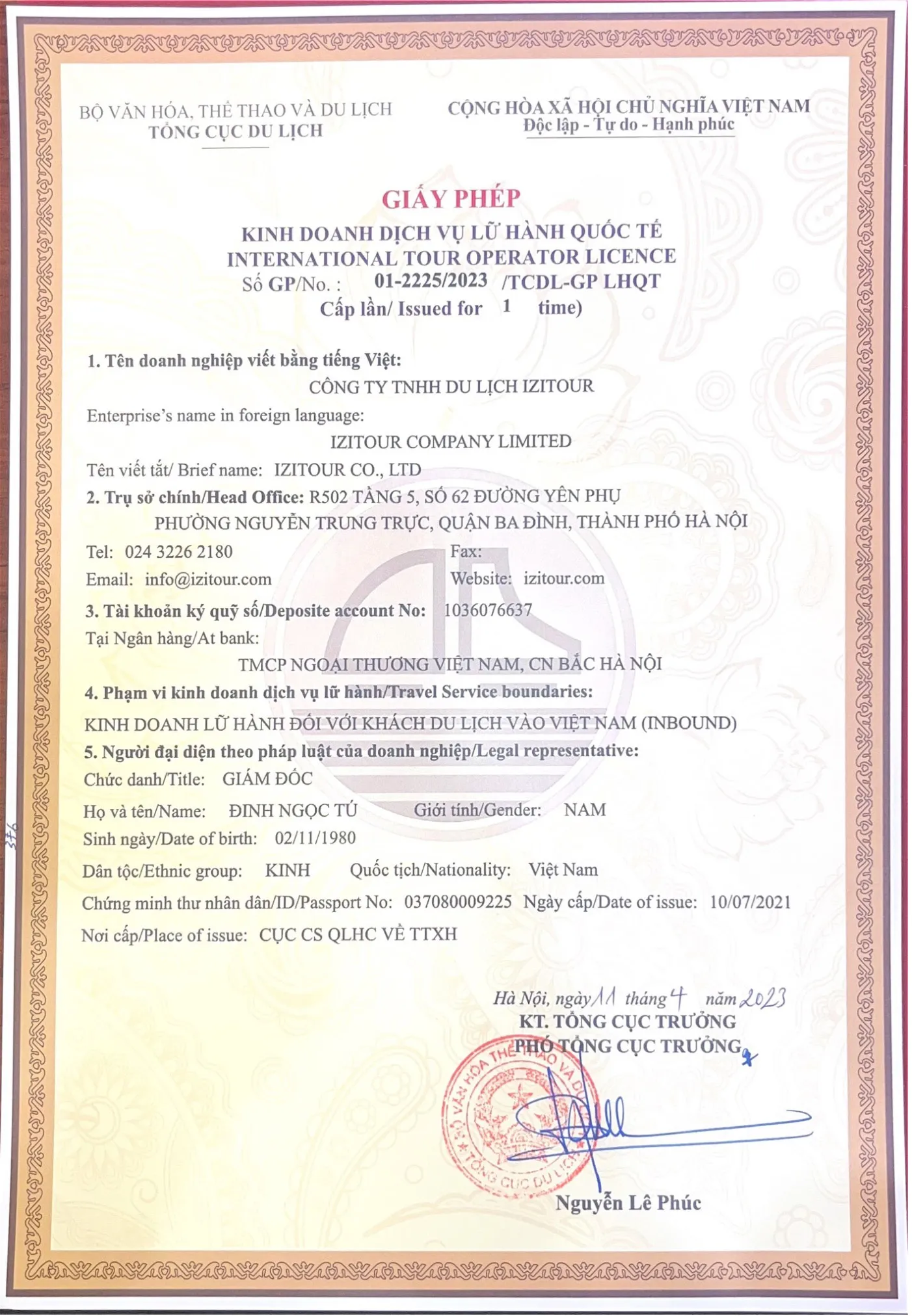Planning your dream Vietnam trip from India shouldn't feel like an impossible quest. You envision yourself wandering through Hanoi's ancient Old Quarter, captivated by the enchanting lanterns of Hoi An, and marveling at the majestic limestone karsts of Halong Bay. But then reality sets in: Where do you even begin with visas, flights, and budgeting? It's easy to get lost in a sea of generic, overwhelming advice.
That's where we come in. As your local Vietnam travel experts, we've crafted this comprehensive guide to give you everything you need to plan your perfect adventure, from start to finish. Whether you're embarking on a romantic getaway, a memorable family vacation, or an exciting group expedition with friends, you'll find clear, actionable answers on flights, visas, personalized itineraries, budgets, and so much more. Get ready to stop second-guessing and start packing – your incredible Vietnam journey awaits!
- 1. Why Vietnam is perfect destination for Indian travellers
- 2. When's the best time to visit Vietnam?
- 3. Vietnam visa requirements for Indians
- 4. Flights from India to Vietnam
- 5. Top places to visit in Vietnam for Indian travellers
- 6. Suggested Vietnam itineraries: 7 to 10 days
- 7. Where to stay in Vietnam
- 8. What a Vietnam trip costs from India?
- 9. Travel tips for a smooth Vietnam trip
- 10. What to pack & prepare for Vietnam
1. Why Vietnam is perfect destination for Indian travellers
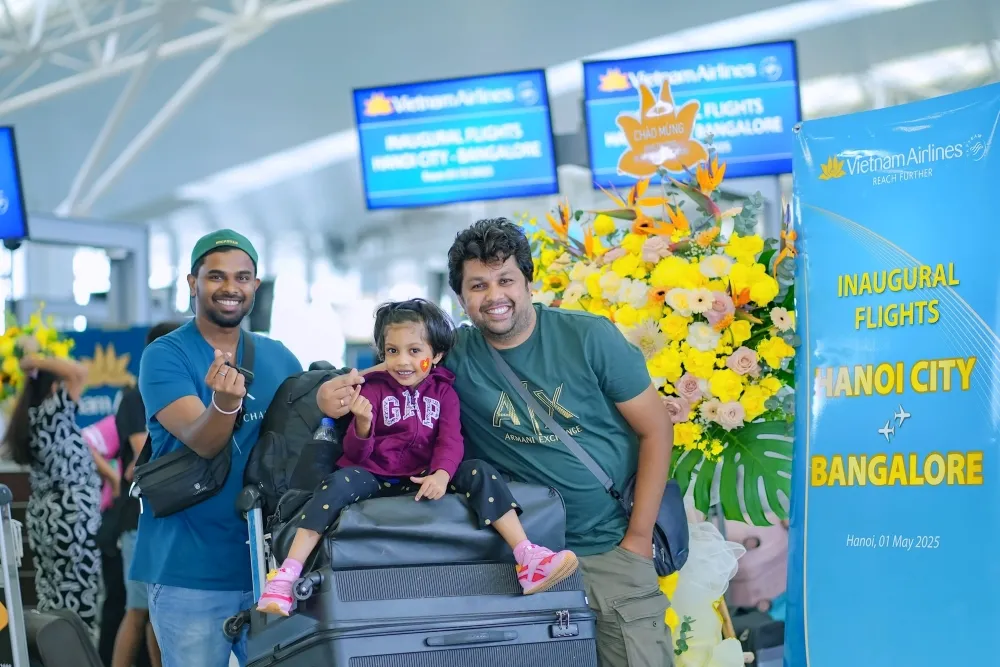
Vietnam is one of those rare destinations that ticks all the boxes—stunning landscapes, rich history, vibrant culture, and mouthwatering food—all without draining your wallet. It’s the kind of place where you can cruise through UNESCO-listed bays one day, explore ancient temples the next, and wrap up your evening with a bowl of pho on a plastic stool beside the locals.
For Indian travellers, Vietnam offers that perfect blend of the familiar and the refreshingly different. You’ll find vegetarian options almost everywhere, warm hospitality that rivals home, and a cost of travel that’s refreshingly affordable compared to Europe or even parts of Southeast Asia.
Plus, Vietnam’s well-connected cities, good tourism infrastructure, and straightforward visa process make it easy to navigate—even if you’re hopping between the north, central, and south regions.
In short: it’s scenic, culturally rich, and surprisingly easy on your budget. That’s why Vietnam is fast becoming a favourite for Indian couples, families, and friend groups looking for something beyond the usual.
2. When's the best time to visit Vietnam?
Vietnam's a long, beautiful country, and its climate changes quite a bit from north to south. So, the "best time to visit" really depends on where your adventures will take you.
For most Indian travellers, February to April & September to November are the most ideal times to go to Vietnam. These months are truly the sweet spot for exploring Vietnam. You'll generally find pleasant temperatures everywhere you go. It's the ideal window if you're planning to experience multiple regions in one amazing trip. Diving deeper by region:
North Vietnam (Hanoi, Halong Bay, Sapa):
- Best time: October to April – Expect cool, dry weather perfect for sightseeing and cruising.
- Avoid: June to August – It gets hot, humid, and rain is common.
Central Vietnam (Da Nang, Hoi An, Hue):
- Best Time: February to May – Warm and wonderfully dry, perfect for beach days and ancient town strolls.
- Avoid: November – This season may bring heavy rains and even floods.
South Vietnam (Ho Chi Minh City, Mekong Delta, Phu Quoc):
- Best Time: December to April – Enjoy sunny, dry days, ideal for exploring vibrant cities and relaxing on islands.
- Avoid: June to September – This is the rainy season, but don't fret! Rains usually come in short, heavy bursts, so it's still quite manageable if you don't mind a quick downpour.
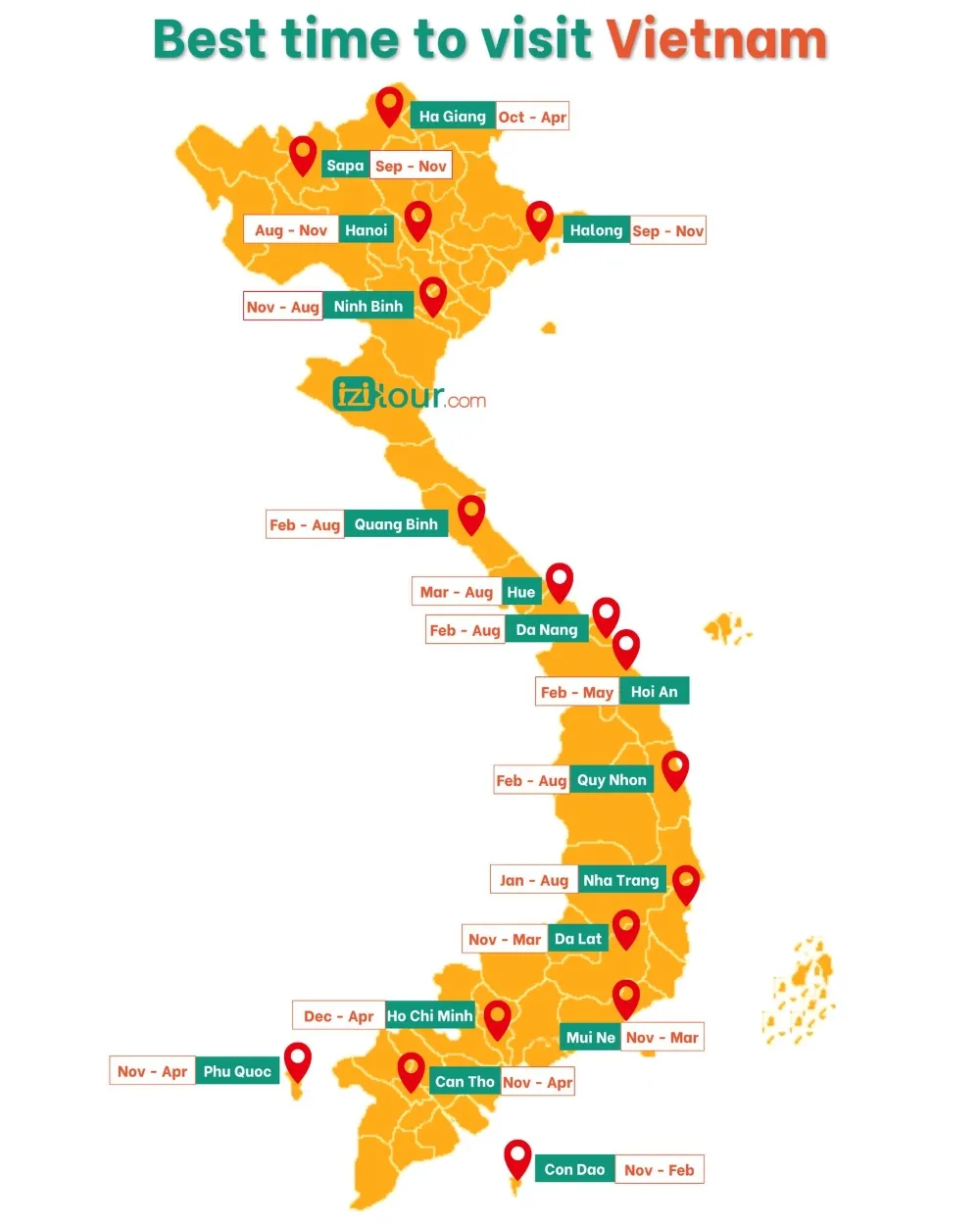
If you're dreaming of a full north-to-south itinerary, February to April is your absolute safest bet for enjoying decent weather across all regions. It's the perfect window to see it all.
Besides the ideal weather to visit Vietnam, to snag the best deals for accommodation and travel packages, consider traveling during the off-season. This varies by region, but generally includes the summer months (May to September) in the north, the rainy season (September to December) in the central and May to September in the south. While you might encounter some rain, you'll benefit from much lower prices and fewer crowds.
3. Vietnam visa requirements for Indians
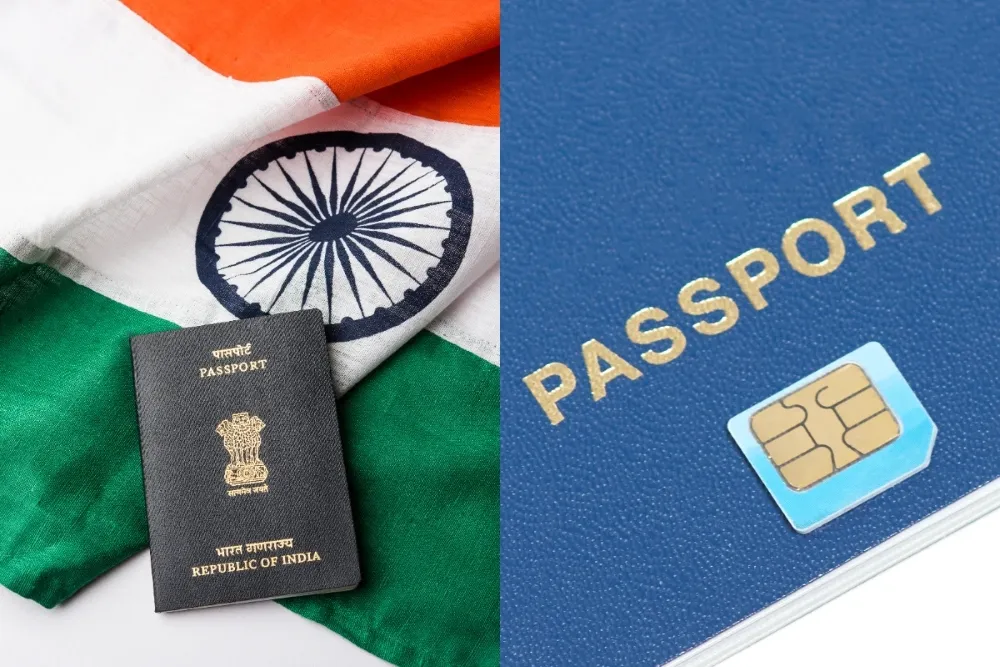
Indian travellers can now enjoy even more flexibility when visiting Vietnam, thanks to the updated e-visa system. The Vietnam e-visa is valid for up to 90 days and is available for both single and multiple entries. You can apply directly through the official Vietnam Immigration Department's e-visa portals at evisa.gov.vn or thithucdientu.gov.vn, making the process quick and accessible from anywhere.
Standard processing takes about 3 to 7 working days, but faster services are available if you're short on time. The fee is typically $25 USD for a single-entry visa and $50 USD for multiple entries, paid online during the application process. Once approved, print a physical copy of your e-visa to show on arrival. This visa grants access through most international airports, land borders, and seaports across the country, giving you full flexibility on how you enter and exit Vietnam.
While the e-visa is the easiest and most recommended option, Visa on Arrival (VOA) is still available. This involves applying for an approval letter through an agency online, receiving the letter via email, and then presenting it at the airport in Vietnam—such as Hanoi, Ho Chi Minh City, or Da Nang—to get your visa stamped. However, with the updated e-visa system in place, most Indian travellers find the direct online route far more convenient.
4. Flights from India to Vietnam
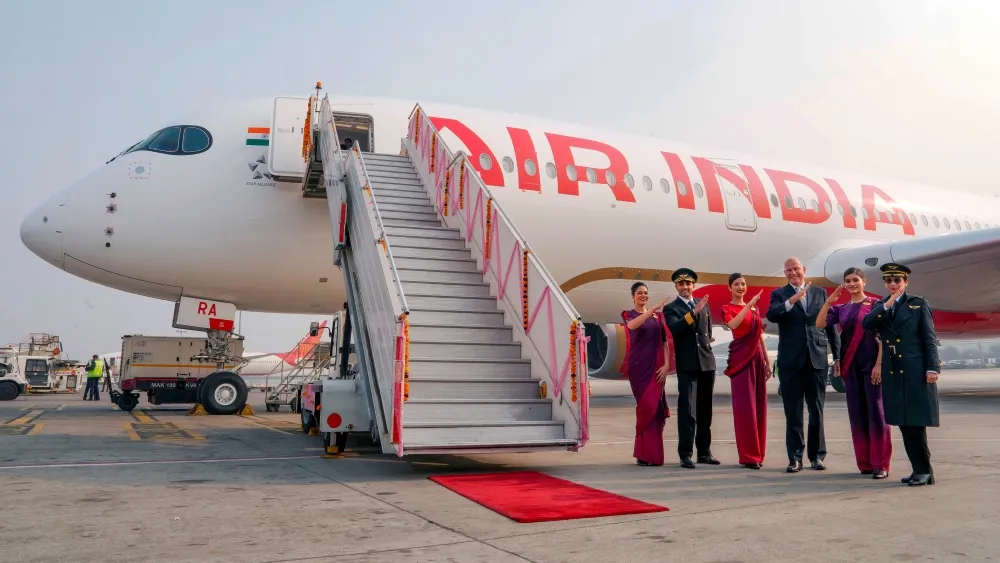
The distance between India and Vietnam is roughly 3,100 - 3,200 kilometers by air. Getting to Vietnam from India is relatively easy, with several direct and connecting flight options depending on where you're starting from. Major Indian cities like Delhi, Mumbai, Kolkata, Bangalore, and Hyderabad now offer direct or one-stop flights to key Vietnamese cities, including Hanoi, Ho Chi Minh City, and Da Nang.
Airlines such as VietJet Air, IndiGo, Vietnam Airlines, Air India and AirAsia operate regular services, and VietJet, in particular, has been increasing its direct connections from India to Vietnam. Flights from Delhi or Mumbai to Hanoi or Ho Chi Minh City typically take around 5 to 6 hours non-stop. If you’re flying from smaller cities or want to explore central Vietnam, you may have to opt for connecting flights, often transiting via Bangkok, Kuala Lumpur, or Singapore.
For the best deals, it’s a good idea to book flights 6 to 8 weeks in advance, especially if you're travelling during the peak tourist seasons between December and April or in the summer months. Flight prices can vary, but return fares from India to Vietnam usually range between ₹25,000 to ₹40,000 depending on the season, route, and how early you book.
If you’re planning a multi-city Vietnam trip—say landing in Hanoi and flying out of Ho Chi Minh City—it’s worth looking at open-jaw flight options or booking two one-way tickets for better flexibility and possibly lower costs.
5. Top places to visit in Vietnam for Indian travellers
Hanoi
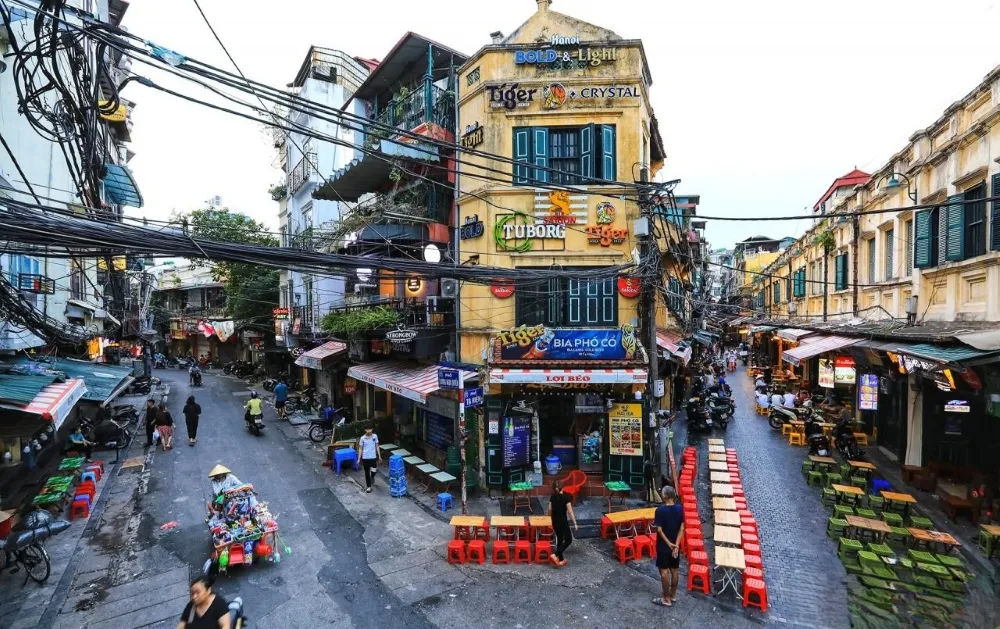
The capital city is a blend of old-world charm and modern hustle. Wander through the Old Quarter’s narrow lanes, sip egg coffee at a street-side café, and take in the history at sites like the Ho Chi Minh Mausoleum and Temple of Literature. Don’t miss the chaotic beauty of Hoan Kiem Lake, especially at sunset.
Halong Bay
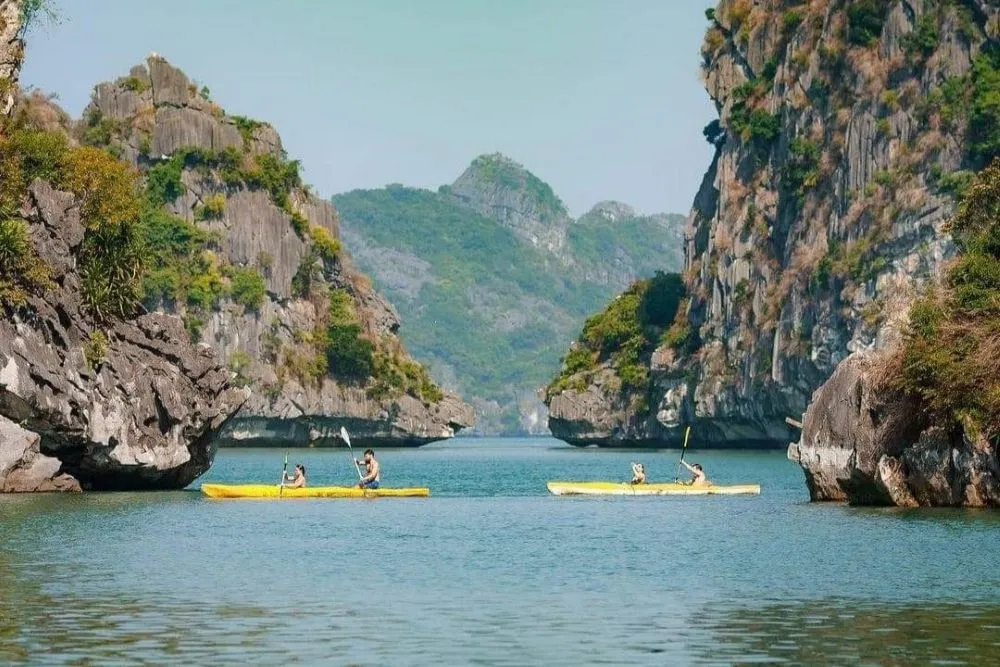
A UNESCO World Heritage Site, Halong Bay is known for its emerald waters and limestone karsts. The best way to experience it is on an overnight cruise—complete with kayaking, cave tours, and sunset views from the deck.
Ninh Binh
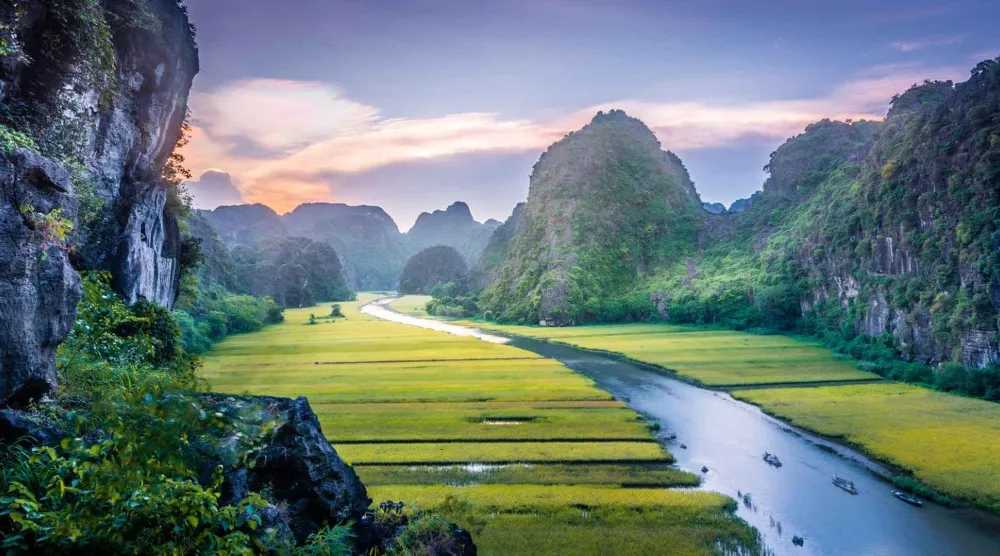
Often called “Halong Bay on land,” Ninh Binh offers lush rice paddies, towering cliffs, and peaceful boat rides through limestone caves. It’s quieter than Halong and ideal for travellers looking for something more offbeat.
Hoi An
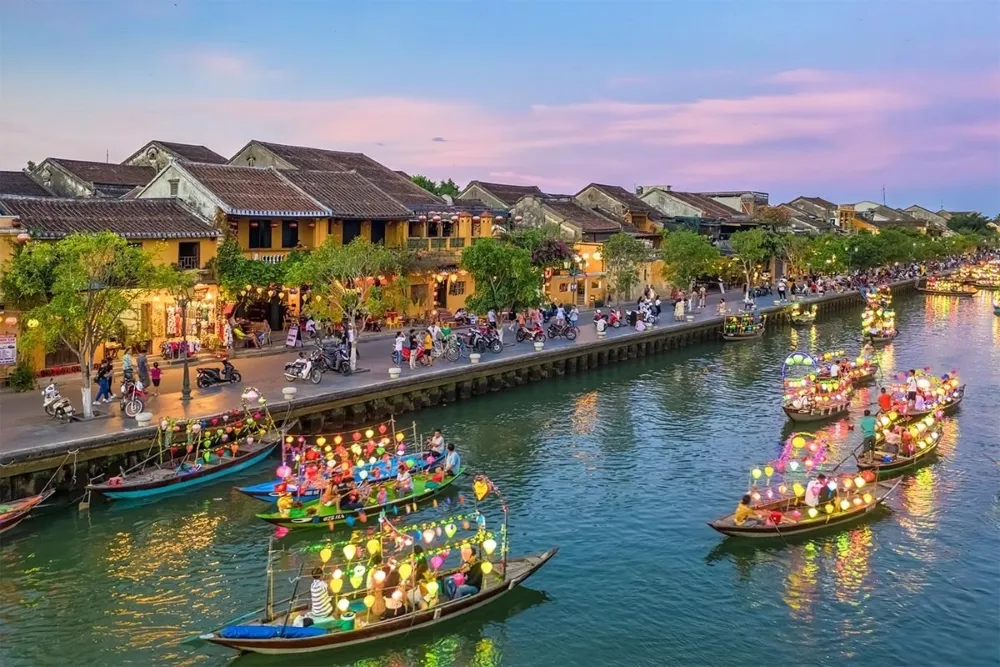
This lantern-lit ancient town is a favourite for good reason. With its preserved architecture, riverside charm, tailor shops, and relaxed vibe, Hoi An feels like a step back in time. The night market and Full Moon Lantern Festival are must-sees if you’re lucky with timing.
Da Nang
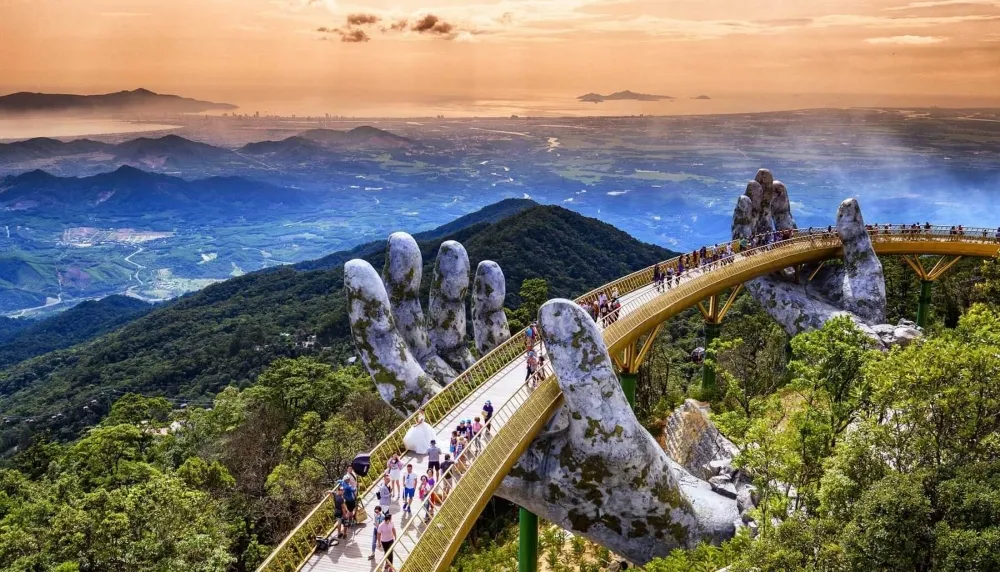
A coastal city with modern comforts and easy access to natural wonders. Visit Ba Na Hills for the famous Golden Bridge, explore the Marble Mountains, or just unwind at My Khe Beach. It’s also a great base for short trips to Hoi An and Hue.
Hue
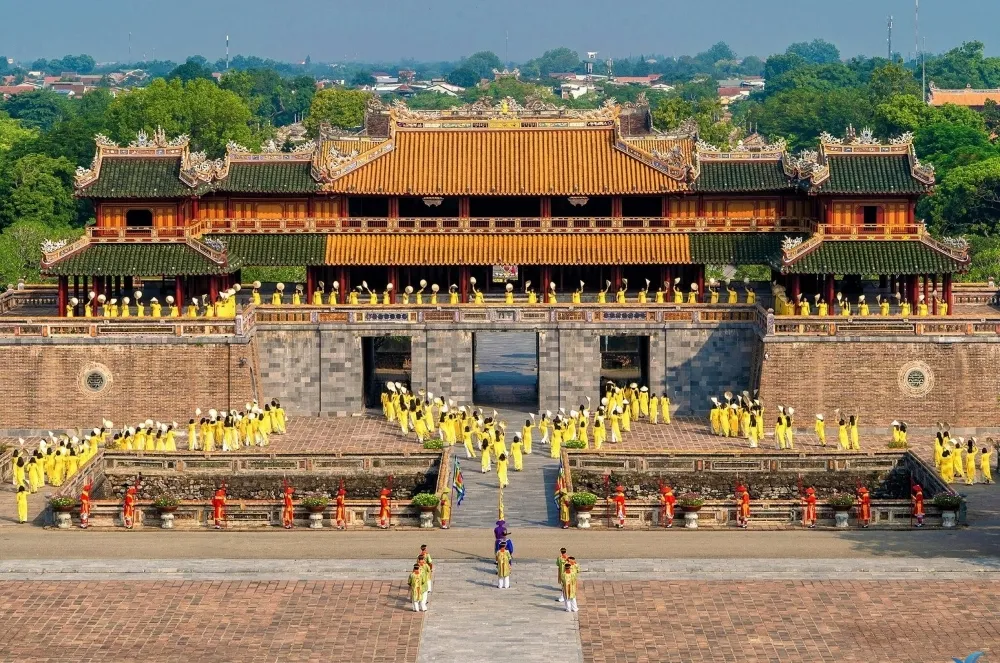
Rich in imperial history, Hue is home to the Citadel, royal tombs, and pagodas. It’s a quieter, more reflective stop that adds cultural depth to your itinerary.
Ho Chi Minh City (Saigon)
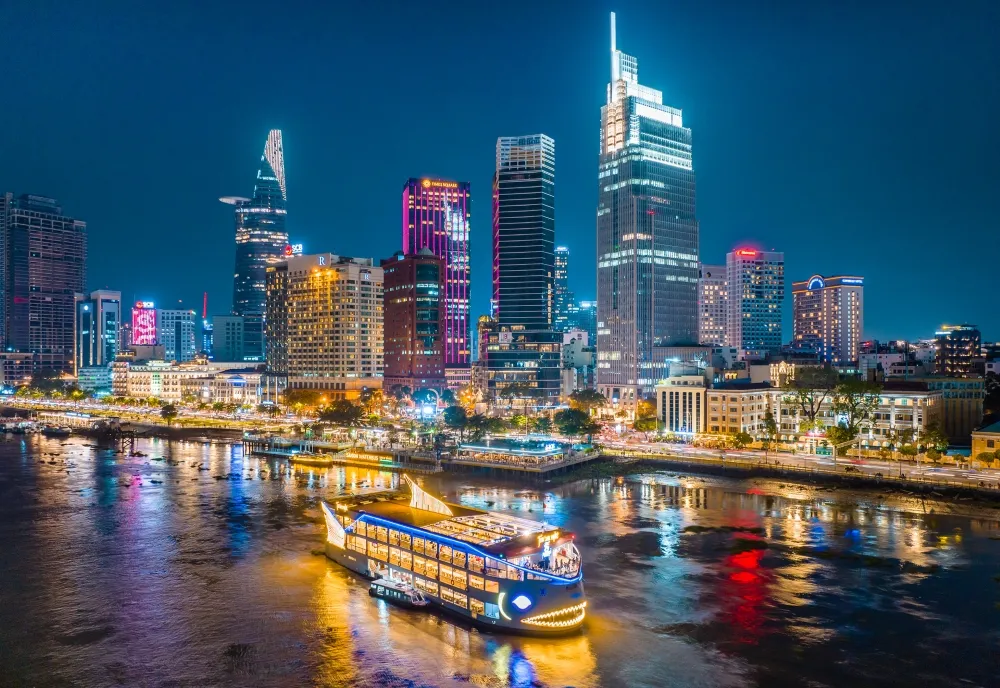
Fast-paced and full of energy, Ho Chi Minh City offers a sharp contrast to Hanoi. Expect buzzing markets, rooftop bars, and a deep dive into Vietnam’s modern history through sites like the War Remnants Museum and Cu Chi Tunnels.
Mekong Delta
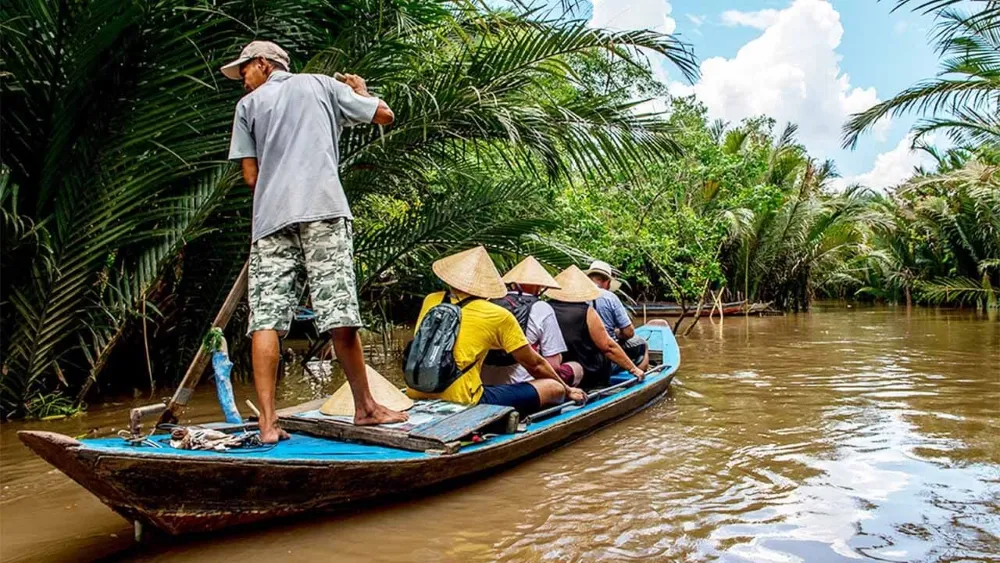
For a glimpse into rural Vietnamese life, head south to the Mekong Delta. Take a boat ride through narrow canals, visit floating markets, and see the unique way locals live and work along the water.
These are the core highlights—but Vietnam is full of surprises. If you’ve got extra time or want to skip the usual tourist trail, places like Phong Nha (caves), Sapa (mountains), or Phu Quoc (islands) are well worth exploring.
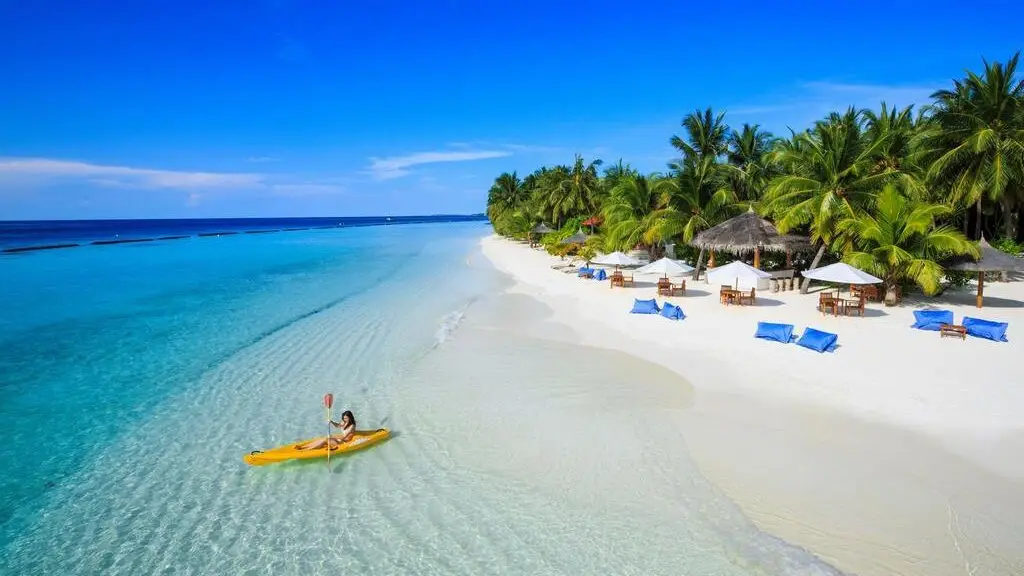
6. Suggested Vietnam itineraries: 7 to 10 days
With 7 to 10 days in Vietnam, you can cover a lot—but you’ll want to be smart about your route. The country is long and narrow, so trying to see everything in one trip can be exhausting. Here are two itinerary options based on how you like to travel.
Essential North to South of Vietnam (10 days)
This itinerary is ideal if you want to see the country’s major highlights with a balance of culture, nature, and city life.
Day 1–3: Hanoi
Explore the city’s highlights (Old Quarter, Ho Chi Minh Mausoleum), try street food, and catch a water puppet show.
Day 4–5: Halong Bay or Ninh Binh
Choose between an overnight cruise in Halong Bay or a scenic trip to Ninh Binh (aka “Halong Bay on land”).
Day 6–7: Hoi An via Da Nang
Fly to Da Nang and head to Hoi An. Wander the ancient town, take a cooking class, and cycle to the beach.
Day 8–10: Ho Chi Minh City (Saigon)
Wrap up with the hustle of Saigon. You’ll visit the Cu Chi Tunnels, explore local markets, and take a day trip to the Mekong Delta.
10-day Vietnam Private Tour Price
Relaxing Central Vietnam trip (7 days)
This itinerary is perfect if you prefer fewer internal flights and more laid-back exploring.
Day 1–2: Da Nang
Arrive and relax by the beach, visit the Marble Mountains or Ba Na Hills.
Day 3–5: Hoi An
Soak up the charm of the ancient town and tranquil beaches, take a lantern-lit river cruise, or enjoy a tailor-made outfit session.
Day 6–7: Hue (Optional)
Take a short trip north to Hue for imperial city ruins and boat rides on the Perfume River.
7-day Vietnam Private Tour Price
Both itineraries can be adjusted depending on your interests. Internal flights are short and affordable. Whether you’re into food, history, nature, or beaches, IZITOUR makes it easy to travel between regions in a hassle-free trip.
7. Where to stay in Vietnam
Choosing the right place to stay can make or break your trip and in Vietnam, you’re spoiled for choice. From boutique hotels to luxury resorts, there’s something for every style and price range. What matters most is staying in the right neighbourhood or area, depending on what you want to see and do.
In Hanoi: Stay in or near the Old Quarter. It puts you close to major sights, street food stalls, and that quintessential Hanoi buzz. If you prefer something quieter, Ba Dinh, Tay Ho (West Lake) or Long Bien offer a more relaxed vibe with upscale options.
Ho Chi Minh City: District 1 (now Saigon and Ben Thanh Wards) is the heart of the action—ideal for first-time visitors. You’ll be near major sights, rooftop bars, shopping, and nightlife. For something a little more laid-back and stylish, District 3 (now Ban Co, Xuan Hoa, and Nhieu Loc Wards) and District 7 (now Tan Thuan, Phu Thuan, Tan My, and Tan Hung Wards) offer quieter stays with a local feel.
Halong Bay: If you're doing an overnight cruise, your “stay” will be onboard. Pick a mid-range or luxury cruise depending on your budget—they usually include meals, guided tours, and activities like kayaking, squid fishing and cooking class. For a land-based stay, look at hotels in Bai Chay near the harbour.
Ninh Binh: The best place to stay is in Tam Coc, which is close to the scenic boat rides and rice paddies. It’s peaceful and offers homestays, hotels and eco-resorts surrounded by nature. Besides, consider Trang An and Van Long for a more authentic experience.
Da Nang: If you’re after a beach holiday, stay along My Khe Beach. It’s lined with modern hotels and resorts. For easier city access, the Han River area is central and offers good views, restaurants, and nightlife.
Hue: Stay near the Perfume River or within walking distance of the Imperial City. It keeps you close to Hue’s main attractions while still being quiet and relaxing.
Hoi An: Base yourself in the Ancient Town if you want everything within walking distance—markets, restaurants, cafes, and lantern-lit evenings. For a beachy escape, stay near An Bang Beach, which is just a short bike ride from the town centre.
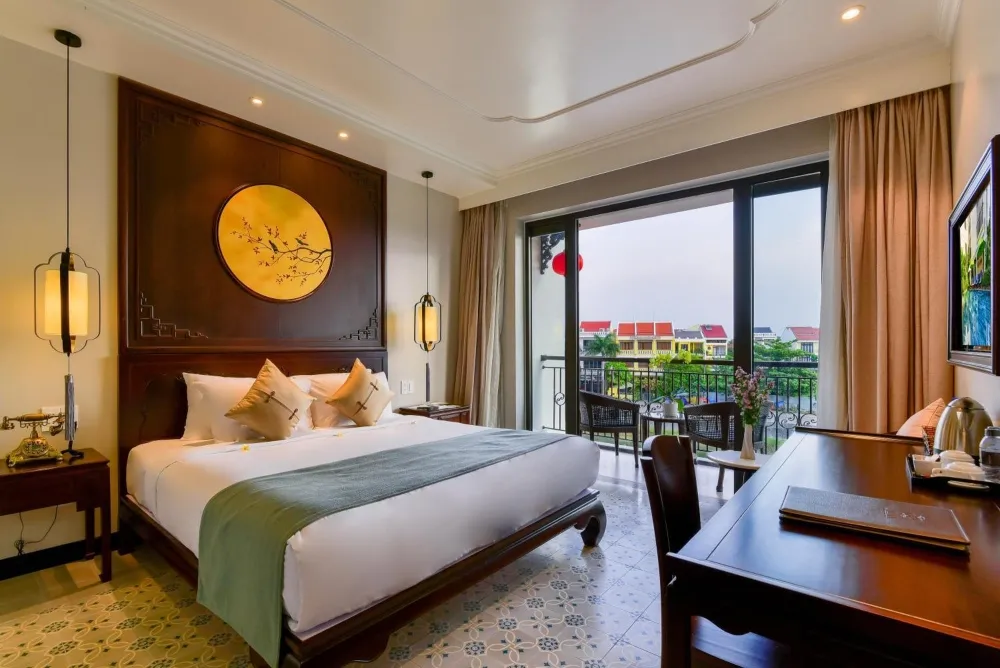
A charming boutique hotel in Hoi An Ancient town
No matter where you stay, Vietnam offers excellent value for money. You can easily find clean, comfortable, and well-located accommodation without spending a fortune.
8. What a Vietnam trip costs from India?
If you’re the kind of traveller who prefers comfort—3 to 5-star hotels, guided tours, and a seamless experience—Vietnam offers excellent value for what you spend. You won’t need to break the bank for high-quality service, and you’ll still enjoy the best the country has to offer. Below is the breakdown for the cost of traveling from India to Vietnam.
Flights
Round-trip flights from major Indian cities to Vietnam typically range between ₹25,000 to ₹40,000 per person for economy class on full-service airlines. If you’re booking closer to the date or opting for premium seats, expect to pay more.
Accommodation
3-star hotels and boutique stays: ₹2,500–₹4,500 per room/night
4-star hotels and resorts: ₹4,500–₹7,500 per room/night
5-star luxury properties: ₹8,000 and above, especially in prime locations or beachfront spots
The price includes the local breakfast, which can add value without extra cost.
Food & dining
At this level, you’ll likely mix street food experiences with restaurant dining. Expect to spend:
₹800–₹1000 per Indian/Vietnamese meal at a nice restaurant
₹1,500–₹2,500 for fine dining or a wine-paired dinner
Local experiences like cooking classes or curated food tours may cost ₹2,000–₹3,500 per person.
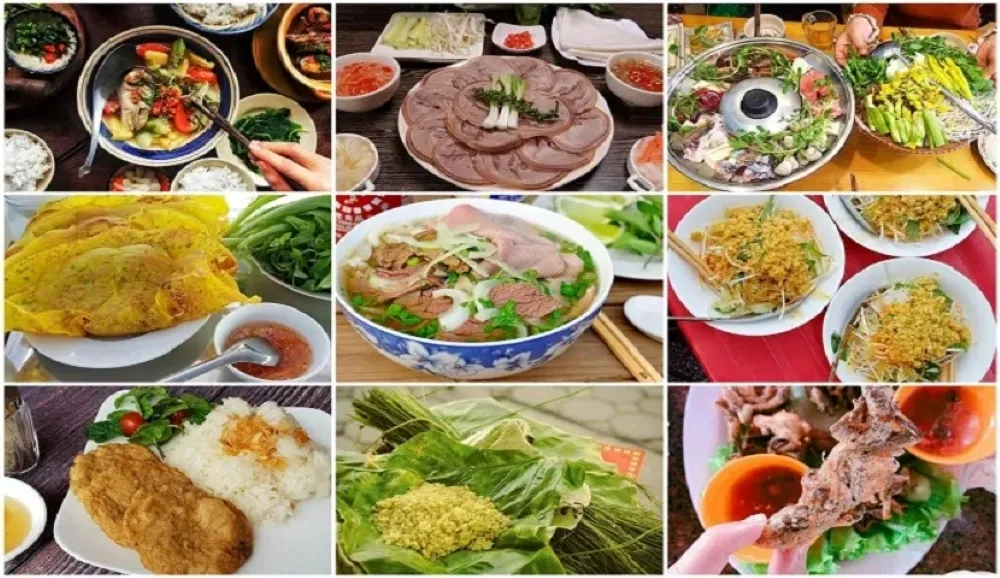
See more: Top 10 delicious Vietnamese dishes you should know
Activities & experiences
Premium overnight cruises (like Halong Bay) range from ₹12,000 to ₹19,000 per person. Guided cultural or historical tours are around ₹3,000–₹5,000. Custom itineraries with a private guide may cost more but offer a highly personalised experience.
For a 7 to 10-day trip, expect a total spend of ₹70,000 (820 USD) to ₹1.5 lakh (1760 USD) per person, excluding flights, depending on how luxe you go. Vietnam is one of the few international destinations where you can travel in style without the high-end price tag. Whether it’s a boutique villa in Hoi An or a five-star cruise in Halong Bay, your money stretches further here.
9. Travel tips for a smooth Vietnam trip
Planning and booking are only half the story—once you land in Vietnam, a few smart moves can make your trip even better. These tips will help you avoid common mistakes and travel with confidence.
Currency & payments
Vietnam’s currency is the Vietnamese Dong (VND). While major hotels and upscale restaurants accept cards, cash is still king in most places, especially street markets and smaller towns. ATMs are easy to find, and money exchange services are widely available. Always carry small notes for taxis and food stalls.
Language
English is spoken in tourist areas, but outside cities, it’s limited. Learning a few Vietnamese phrases or even just how to say “thank you” (cảm ơn) goes a long way.
SIM cards & connectivity
Buying a local SIM card on arrival is cheap and easy. Viettel and Mobifone are reliable providers, and airport kiosks often have tourist-friendly data packages. Expect to pay around ₹400–₹800 for a SIM with enough data for your entire trip.
Getting around
If you are on a tour package, don’t worry about the traffic. In case you manage on your own, Grab (Southeast Asia’s version of Uber) is the easiest way to get around cities—cheap, reliable, and app-based. For longer distances, internal flights are quick and affordable. Trains and shuttle buses are also available, you can use them if you enjoy the scenic route or are on a relaxed schedule.
Cultural etiquette
Vietnamese people are warm and welcoming, but modesty and respect are important. Dress appropriately when visiting temples or historic sites, and always remove your shoes before entering someone’s home. Tipping isn’t mandatory, but it’s appreciated in restaurants and by guides.
Safety
Vietnam is generally safe for travellers, including families and solo visitors. Petty theft can happen in crowded areas, so use common sense—keep your valuables secure, don’t flash cash, and avoid leaving phones unattended in cafes.
Power & plugs
Vietnam uses plug types A, C, and F, and the standard voltage is 220V. Most Indian devices will work fine, but it’s smart to carry a universal adapter just in case.
10. What to pack & prepare for Vietnam
Vietnam’s diverse landscapes and varied climate mean packing smart can make your trip far more comfortable. Here’s what you’ll want to bring to be ready for anything—from city streets to beach towns to misty mountains.
Clothing
Pack light, breathable clothes—Vietnam is mostly warm and humid, especially in the south. If you’re travelling in winter (especially to Hanoi or Sapa), bring a light jacket or sweater. A mix of T-shirts, comfortable trousers or shorts, and one or two dressier outfits for nice dinners will do the trick. Don’t forget swimwear, especially if you’re headed to Halong Bay or the beaches in Da Nang or Phu Quoc.
For temple visits, you’ll need modest clothing—covering shoulders and knees—so pack a scarf or light wrap for quick coverage.
Footwear
Bring comfortable walking shoes or sandals for city exploration, and flip-flops for the beach. If you plan on hiking (Sapa, Ninh Binh), lightweight trainers or trekking shoes are a good idea.
Essentials
- Sunscreen and insect repellent—Vietnam can be sunny and buggy, often both.
- Power bank and universal adapter to keep your devices running.
- Reusable water bottle to stay hydrated and reduce plastic waste.
- Basic medicines—especially for digestion, cold/flu, and motion sickness (for Halong Bay cruises).
- Passport copies and a printout of your e-visa. Keep digital backups too.
Optional but handy
- Rain poncho or umbrella (especially if you’re visiting during rainy season)
- Packing cubes for easy organisation across multiple stops
- Dry bag for beach or boat days
- Face mask for dusty or crowded areas, especially in big cities
You can always buy toiletries and small essentials in Vietnam—local stores and pharmacies are everywhere—but packing these basics saves you time and hassle on arrival.
Bonus tips to maximise your Vietnam experience
You’ve got your flights, visa, and itinerary sorted—but here are a few final tips that can make your trip smoother, safer, and even more memorable.
Download these apps
- Google Maps: Reliable for short walking directions and local food spots.
- Google Translate: Use the camera feature to translate signs and menus on the go.
- XE Currency: Helps you convert VND to INR quickly and avoid overpaying.
- Zalo or WhatsApp: Many local guides or services may prefer these for communication.
Learn the art of bargaining
Bargaining is part of the culture, especially in markets. It’s not about being aggressive—it’s a friendly exchange. Smile, be respectful, and don’t hesitate to walk away if the price feels off.
Book with a reliable travel agency
While it’s tempting to pre-book everything online through large platforms, many of the best experiences—like food tours, boat trips, or countryside excursions—are better when arranged locally. For a hassle-free experience and competitive pricing, consider booking with a trusted travel agency like IZITOUR.com. We offer custom itineraries, authentic local experience, and on-the-ground support, which can make a big difference, especially if you're short on time or travelling with a group.
Carry a hotel card
Most hotels will give you a business card with the address written in Vietnamese. Keep it in your wallet in case you need to ask for directions.
Don’t cram too much
It’s tempting to pack in every famous city, but Vietnam is best enjoyed at a slower pace. Allow time to soak in the atmosphere—whether it’s a lazy coffee in Hoi An or a breezy boat ride in Ninh Binh.
Respect the local rhythm
Vietnam can be busy and buzzing, but there’s also a deep calmness if you pay attention. Wake up early to see markets come alive, watch locals gather for morning tai chi, and enjoy the slower pace in smaller towns.
With the rise in direct flights between India and Vietnam, exploring this beautiful, culturally rich country is now easier than ever. We hope this travel guide has given you all the essentials to confidently plan your Vietnam tour from India.
If you still have questions or need more guidance, feel free to drop a comment below, our author and admins are always happy to help.
And if you're looking for a stress-free, well-organised experience, consider booking your trip with IZITOUR — a trusted local travel agency in Vietnam. We offer tailor-made tours, local expertise, and on-the-ground support to ensure your trip runs smoothly from start to finish.
Start planning your Vietnam adventure today. Embrace the warmth of Vietnamese hospitality, dive into the culture, and discover the landscapes that make this country so unforgettable. Vietnam is ready to welcome you with open arms and endless experiences.
Vietnam Tour Packages from India
See more:








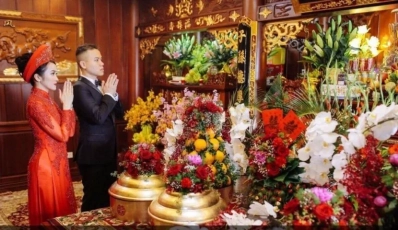
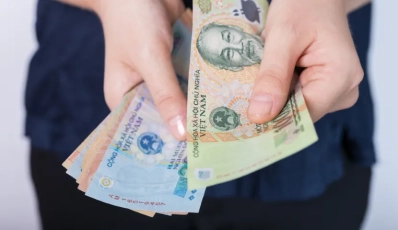
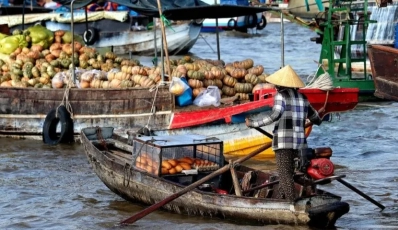
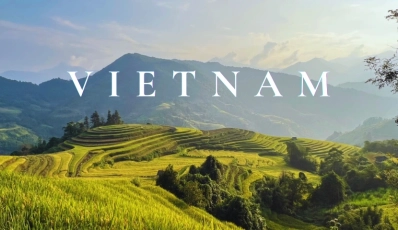

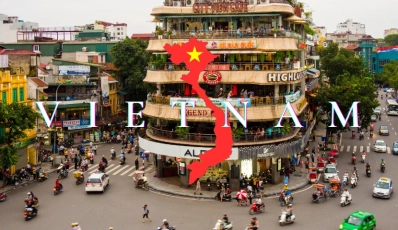
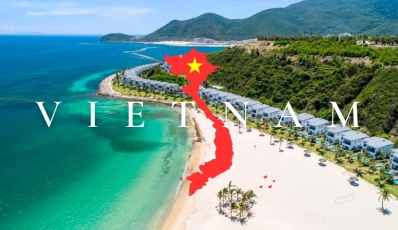
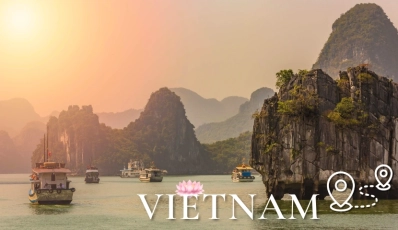
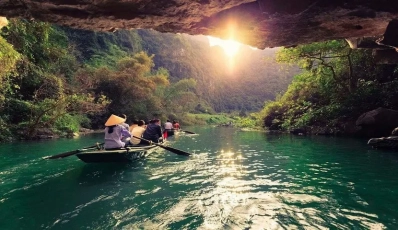
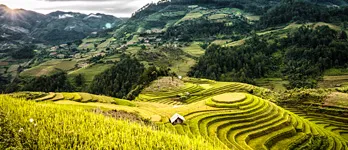
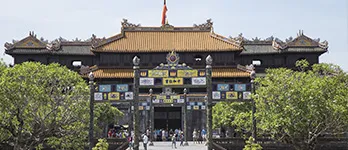
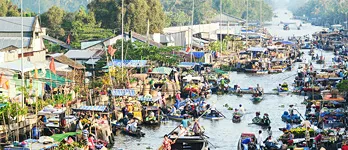

 TRAVELERS' CHOICE 2025
TRAVELERS' CHOICE 2025 